New Law, New AMT Rules: Are You at Risk?
The alternative minimum tax (AMT) resembles the regular federal tax system, but it has a different purpose. It’s intended to ensure that people with certain types of income still pay taxes, even if they otherwise qualify for many deductions.
To accomplish this objective, the AMT adds back some income that’s tax-free under the conventional rules and doesn't allow certain deductions. If your AMT liability is higher than your regular tax liability, you must pay the AMT instead.
The 2017 Tax Cuts and Jobs Act (TCJA) brought AMT rates that were more taxpayer-friendly for 2018 through-2025. Also, the chances of being hit with the AMT were reduced. With the passage of the One Big Beautiful Bill Act (OBBBA), there are more changes to the AMT — and the news is mixed for taxpayers.
How Rates Apply
The top AMT rate is 28%, compared to the 37% maximum regular federal income tax rate. So, at first glance, AMT may not seem like a big concern. But because the AMT applies to a broader income base with fewer deductions and credits, it can still result in a higher tax bill for some.
In 2025, the 28% AMT rate kicks in when AMT-calculated taxable income exceeds $239,100 for most filing categories, and on the amount in excess of $119,550 for those that are married filing separately. Below those thresholds, the AMT rate is 26%.
Exemption Changes
When calculating alternative minimum taxable income, the rules allow an inflation-adjusted exemption, similar to a deduction. The TCJA significantly increased these amounts for 2018 through 2025, and the OBBBA made them permanent with annual adjustments for inflation. This is a good thing for many taxpayers. For 2025, the exemptions are:
- $137,000 for joint filers,
- $88,100 for unmarried taxpayers, and
- $68,500 for married individuals filing separately
However, if your income is high enough, your exemption may be reduced or eliminated. In 2025, the phaseout begins at $626,350 for most filing categories or $1,252,700 for joint filers and surviving spouses. The applicable exemption is reduced by 25% of the excess of your alternative minimum taxable income over the applicable phaseout threshold.
Under the OBBBA, these thresholds drop steeply to $500,000 and $1 million starting in 2026. (They’ll be annually adjusted for inflation thereafter.) The new law also increases the phaseout exemption threshold from 25% of the excess to 50% of the excess. This could push more high-income taxpayers into AMT territory.
Risk Predictors
Many factors interact to determine whether you’ll be affected by the AMT, making it hard to predict whether you’re at risk. However, there are some types of income and deductions that tend to increase exposure.
First, higher-income taxpayers face a greater risk of owing the AMT — especially if much of your income comes from capital gains, investments or other non-wage sources. As such income rises, the AMT exemption may shrink or disappear entirely.
Second, living in a high-tax state can increase exposure. Under regular tax rules, state and local taxes may be deductible, but the AMT disallows them, potentially raising your bill.
Even using the standard deduction, which most taxpayers claim, can trigger AMT. That’s because the AMT system doesn’t permit the standard deduction, leaving more of your income taxable.
No Assumptions
The bottom line is, beginning next year, you should make no assumptions regarding your AMT liability. The OBBBA will bring less favorable exemption rules, which could increase your risk. Contact your tax advisor for a full review of your potential AMT exposure.
This material is generic in nature. Before relying on the material in any important matter, users should note date of publication and carefully evaluate its accuracy, currency, completeness, and relevance for their purposes, and should obtain any appropriate professional advice relevant to their particular circumstances.
Share Post:









